Sustainable Grazing Practices that Boost Carbon Sequestration

Soil health plays a vital role in the process of carbon sequestration. Healthy soils contain abundant organic matter that acts as a reservoir for storing carbon. As plants photosynthesize, they absorb carbon dioxide from the atmosphere and convert it into organic compounds through their roots, which are then deposited into the soil. In healthy soils, […]
How Agroforestry is Leading the Way in Carbon Sequestration

Agroforestry offers a multitude of benefits when it comes to carbon sequestration. By combining trees with crops or livestock on the same land, agroforestry systems play a crucial role in capturing and storing carbon from the atmosphere. Trees act as carbon sinks, drawing in carbon dioxide during photosynthesis and storing it in their biomass and […]
A Step-by-Step Guide to Building Carbon-Rich Soil

Carbon-rich soil offers a myriad of benefits to farmers and gardeners alike. One of the key advantages is that it helps improve soil structure, allowing for better water retention and drainage. This can lead to increased drought resistance and reduced erosion, providing a stable environment for plant roots to thrive and access essential nutrients. Benefits […]
Carbon Markets: How Farmers Can Trade Carbon Credits for Profit
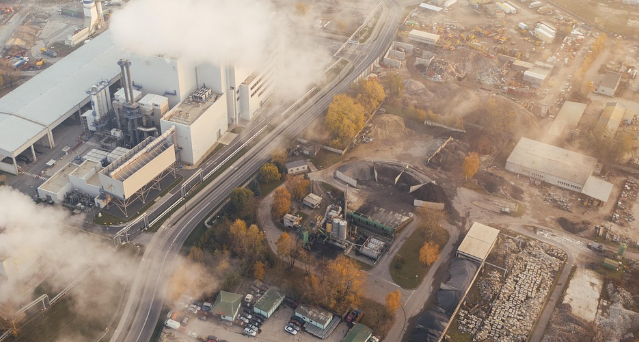
Carbon markets play a crucial role in incentivizing farmers to adopt sustainable practices that can help mitigate climate change. By participating in carbon trading, farmers can receive financial rewards for sequestering carbon in their soils, reducing greenhouse gas emissions, and implementing conservation practices. This not only benefits the environment but also provides farmers with an […]
The Science of Carbon Sequestration in Farmlands
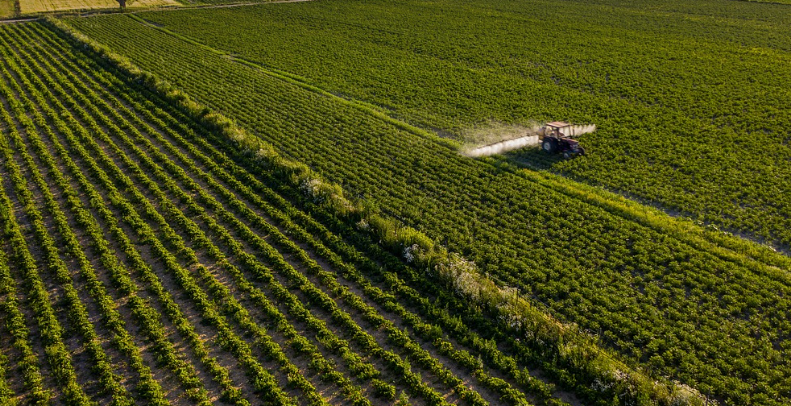
Carbon sequestration in farmlands plays a crucial role in mitigating climate change by storing carbon dioxide from the atmosphere in the soil. Agricultural practices that enhance carbon sequestration are essential for maintaining soil health and biodiversity while also reducing greenhouse gas emissions. By promoting the accumulation of carbon in the soil, farmers can contribute to […]
How Cover Crops Help Capture Carbon and Improve Soil Health

Cover crops offer numerous advantages to agricultural systems. Firstly, they help in reducing soil erosion by providing a protective cover over the soil, thereby minimizing the impact of rain and wind. This leads to improved soil health and fertility in the long run. Additionally, cover crops play a crucial role in enhancing water retention in […]
Carbon Economy Explained: How Farms Are Shaping the Climate Market

Agriculture plays a crucial role in the process of carbon sequestration, where atmospheric carbon dioxide is captured and stored in the soil, plants, and trees on farmlands. Through photosynthesis, plants absorb carbon dioxide from the air and convert it into organic matter, releasing oxygen in the process. This organic matter then becomes a part of […]
Maximizing Yield and Sustainability: The Economics of Regenerative Agriculture
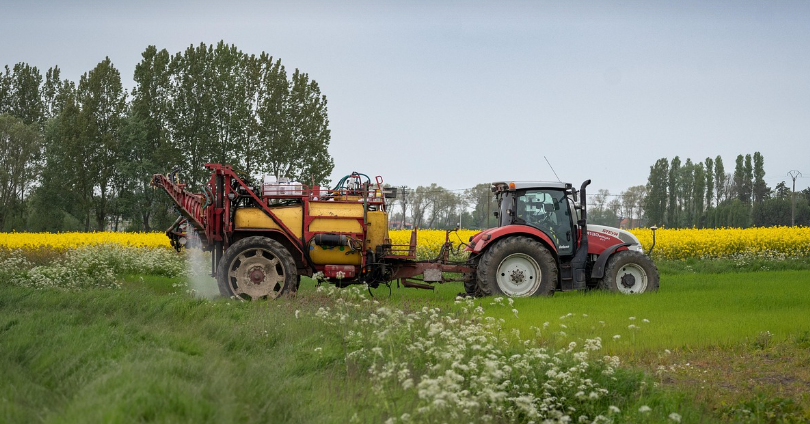
Soil health is the foundation of regenerative agriculture, playing a crucial role in the overall productivity and sustainability of farming systems. Healthy soil is teeming with microorganisms and beneficial bacteria that support plant growth and nutrient uptake. By focusing on improving soil health through practices such as minimal tillage, cover cropping, and diverse crop rotations, […]
Agroforestry and Carbon Sequestration: A Perfect Pairing
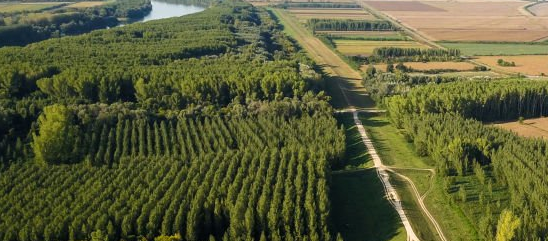
Trees play a crucial role in mitigating climate change by absorbing carbon dioxide during photosynthesis and storing it in their biomass. This process helps to reduce the amount of greenhouse gases in the atmosphere, which in turn helps to combat global warming and its associated impacts. In addition to carbon sequestration, trees also provide other […]
The Role of Livestock in Regenerative Agriculture
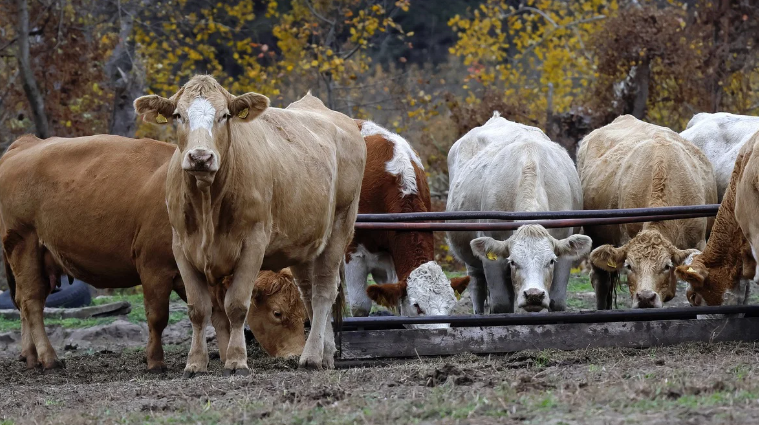
Livestock play a crucial role in regenerative agriculture by contributing to the overall health and sustainability of the farming system. Through their grazing and manure deposition, they help improve soil fertility and structure, leading to increased water retention and nutrient cycling. This results in healthier soil that can support a greater diversity of plants and […]
